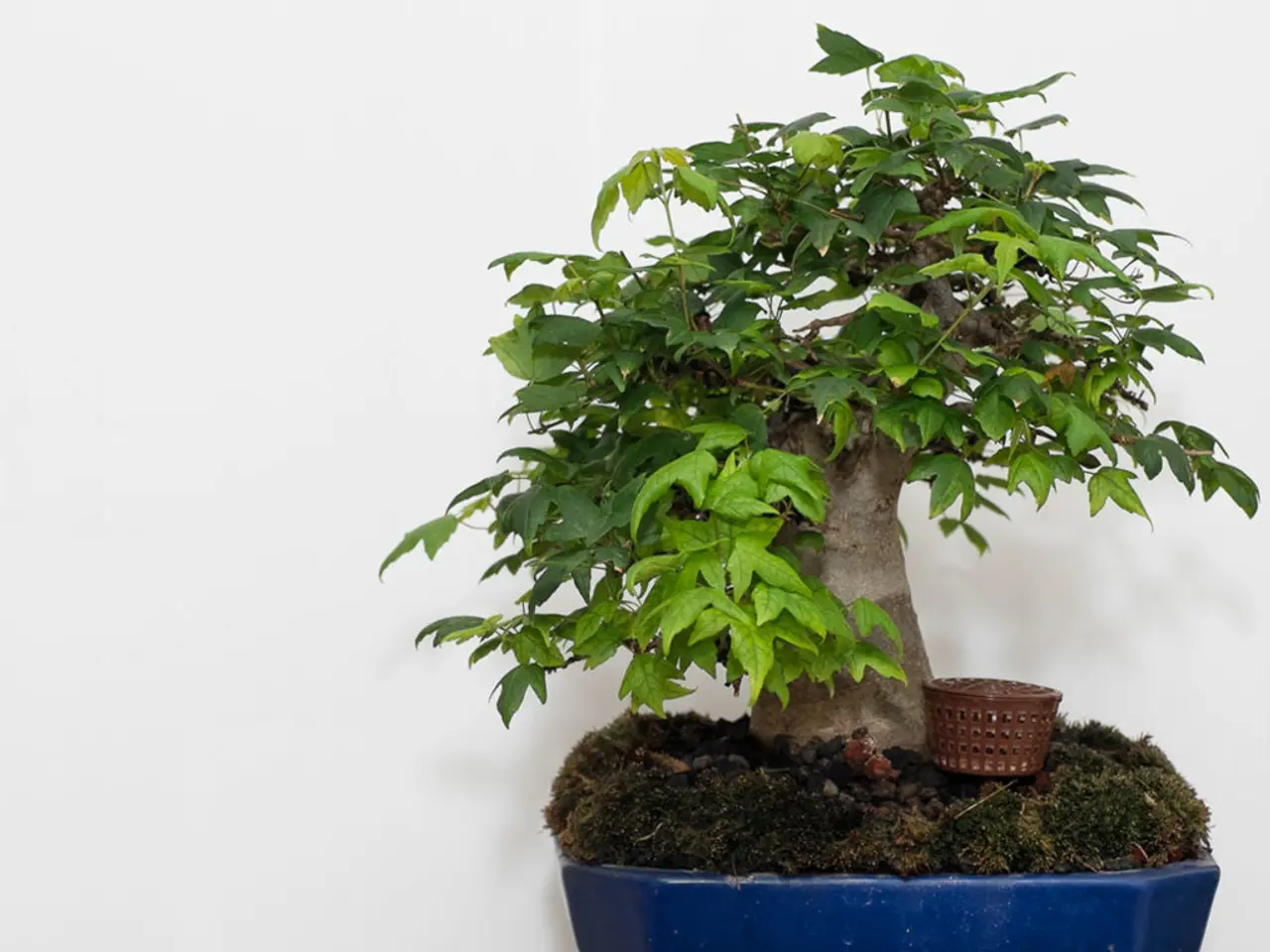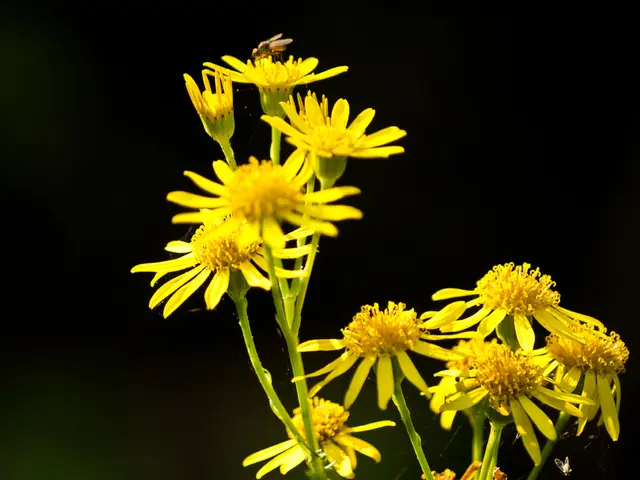Exploring the Historical Evolution of Bonsai: A Timeline of Development
Bonsai, a captivating art form that has enthralled audiences for centuries, is more than just a miniature tree. This ancient practice transcends cultural boundaries, speaking to our shared human desire for connection with nature and creative expression.
The ideal temperature range for bonsai trees varies by species, with most temperate trees requiring temperatures between 65°F to 75°F (18°C to 24°C). However, bonsai has adapted to local species and aesthetics worldwide, thanks to cultural influences, climate, and geography.
Notable bonsai styles have evolved distinctly in different regions. In Japan, the focus is on asymmetry, naturalness, and minimalism, reflecting Shinto and Zen Buddhist concepts of harmony between man and nature. Iconic styles include the formal upright (Chokkan), the informal upright (Moyogi), the slanting style (Shakan), and the cascade and semi-cascade (Kengai and Han-kengai).
On the other hand, Chinese Penjing, the predecessor to Japanese bonsai, focuses more on creating miniature landscapes that often include rocks, water, and naturalistic scenery in addition to trees. Its style is generally more dramatic and wild, often highlighting the natural ruggedness of trees shaped by harsher climates or mountainous regions.
In relatively warmer and tropical regions like southern China and Southeast Asia, species like the pomegranate have been used for bonsai due to their flowering and bark characteristics. Meanwhile, in North America, especially Southern California, bonsai has adapted to local species and aesthetics, blending traditional Japanese principles with regional influences and climates, modernizing bonsai practice there.
In Brazil, species like Jabuticaba are iconic for bonsai due to their unique fruiting habit, demonstrating how native flora influence the bonsai styles and subjects in the Americas.
When caring for a bonsai tree, it's crucial to water thoroughly when the top inch of soil feels dry to the touch, but avoid overwatering. While many tree species can be bonsai, not all are suitable. Ideal species possess small leaves or needles, adapt to containerization, and respond well to pruning and training.
Growing bonsai trees indoors with artificial lighting is possible, but requires careful consideration of lighting intensity, duration, and spectrum. For bonsai trees, consider using containers made of materials that promote healthy root growth, such as unglazed ceramic, terracotta, or wood.
Avoid using plastic or metal containers as they can hinder drainage and root development. Bonsai is not just a miniature tree; it's a timeless art form that consistently enthralls audiences with its mesmerizing beauty and profound symbolism, continually evolving and adapting to reflect the cultures and environments in which it thrives.
- A person interested in lifestyle and education could find the process of growing bonsai, an art form that transcends cultural boundaries and continuously evolves, an engaging self-development project.
- In the realm of fashion-and-beauty, one could draw inspiration from the artistic bonsai, symbolizing creativity and connection with nature, when seeking unique home-and-garden decor items.
- When exploring different parts of the world through travel, a tourist may discover local bonsai styles, such as the dramatic Chinese Penjing or the minimalist Japanese bonsai, showcasing diverse food-and-drink cultures, home-and-garden aesthetics, and education-and-self-development customs all in one place.




